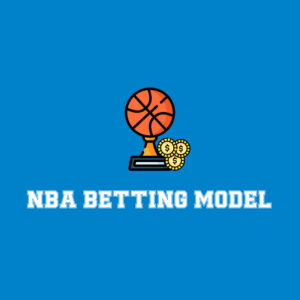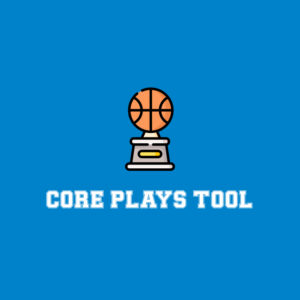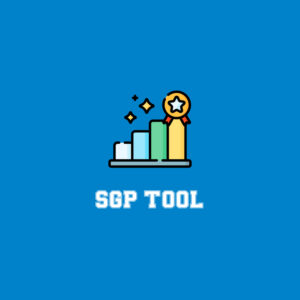
Last week, I highlighted players who were struggling and harming fantasy managers in the various hitting categories. This week, I turn to struggling pitchers. The purpose of identifying categorical laggards is not to advocate that those players should necessarily be cut – although some of them do warrant consideration as potential drops – but rather, to emphasize the importance of regularly reviewing rostered players’ performance.
Some of the pitching laggards referenced below may come as a surprise to some managers; many of them were highly drafted in competitive leagues. If managers are rostering multiple struggling players but perhaps do not realize how badly some of them were performing, that is a clear sign that such managers are not tracking their own players’ performance closely enough. I can sympathize with these managers; sometimes, I fall into the trap of focusing so much on potential acquisitions in FAAB that I fail to adequately monitor my own players’ performance. Such failure can lead to several negative consequences, including, but not limited to, holding onto players for longer than optimal, potentially missing opportunities to improve rosters with better-performing players.
In discussing pitching laggards, I will limit myself to qualified pitchers (recording at least one inning pitched per scheduled league game) for the strikeouts, wins, ERA and WHIP categories; such limitation is inappropriate for the saves category.
Initially, there currently are 28 qualified starting pitchers (out of 76) with sub-19% strikeout rates, including many who are rostered in all or the vast majority of NFBC Main Event leagues, like Mitchell Parker (12%), Tomoyuki Sugano (13.3%), Mitch Keller (16.8%), Nick Lodolo (17.8%), Michael Wacha (18.1%), Luis Severino (18.1%), Luis Castillo (18.2%), Jeffrey Springs (18.3%), Tanner Bibee (18.4%), Bailey Ober (18.7%), Tanner Houck (18.9%) and Shota Imanaga (18.9%). Some of these names are quite surprising; for instance, are managers aware that Lodolo, Bibee and Imanaga are all whiffing less than seven batters per nine innings? Managers rostering Parker and Sugano, in particular, should be aware that those pitchers currently possess horrendous strikeout rates of less than five batters per nine innings.
Wins can be very fluky and, therefore, past performance in the category perhaps should be accorded less weight than performance in other roto categories. That noted, wins remain a category in NFBC leagues, and some highly drafted starting pitchers are real laggards thus far this season. For instance, are managers aware that Justin Verlander, Tanner Houck and Yusei Kikuchi have yet to record their first win despite making seven starts? There currently are 17 qualified starting pitchers with only one win, including Chris Sale, Aaron Nola, Framber Valdez, Jack Flaherty, Dylan Cease and Spencer Schwellenbach.
There currently are four closers with double-digit saves thus far: Robert Suarez (13), Andrés Muñoz (12), Kyle Finnegan (10) and Mason Miller (10). In contrast, here are some of the highly drafted relief pitchers who are not living up to preseason expectations in the saves category, all of whom have four or fewer saves: Jhoan Duran (3), Trevor Megill (3), David Bednar (3), Justin Martinez (3), Aroldis Chapman (4), Ryan Pressly (4), Ryan Helsley (4) and Devin Williams (4).
In terms of ERA laggards, there currently are 17 qualified starting pitchers with ERAs of 4.50 or above. Some of the more surprising names among them are Tanner Houck (6.38), Dylan Cease (5.61), Jeffrey Springs (4.98), Zac Gallen (4.93), Chris Sale (4.84), Aaron Nola (4.61) and Taj Bradley (4.58). If the innings cutoff were reduced to 25, the following names also would appear on this list: Sandy Alcantara (8.31), Eduardo Rodriguez (6.06), Bowden Francis (5.28), Landen Roupp (5.10) and Gavin Williams (5.06). While these starting pitchers currently have not pitched enough innings to be considered qualified, that is due in large part to their own poor performance.
Finally, in terms of WHIP laggards, there currently are 28 qualified starting pitchers with WHIPs of 1.30 or above. Some of the more surprising laggards in this group include Dylan Cease (1.60), Yusei Kikuchi (1.54), Tanner Houck (1.47), Jeffrey Springs (1.43), Chris Sale (1.42), Ryan Pepiot (1.41), José Berríos (1.38), Max Meyer (1.36), Bailey Ober (1.34), Luis Castillo (1.33), Taj Bradley (1.33), Aaron Nola (1.32), Zac Gallen (1.30), Tanner Bibee (1.30) and Justin Verlander (1.30). If the innings cutoff were reduced to 25 innings pitched, the following names also would appear on this list: Gavin Williams (1.75), Sandy Alcantara (1.65), Roki Sasaki (1.45), Matthew Boyd (1.44) and Eduardo Rodriguez (1.44).
Some of the players that should at least be considered as potential drops this week are set forth below in the following two tables – the first includes hitters and the second includes pitchers. In addition to the player’s name, team and position, the tables include the player’s roster percentage in the premier 15- and 12-team contests: the NFBC’s Main Event and Online Championship, respectively. Finally, the tables list my rankings as to how strongly – or not – I feel each particular player should be dropped in those 15-team and 12-team formats, respectively. The key to these rankings, from 0-4, is as follows:
- 0 = Do not drop
- 1 = Team context dependent; probably should not be dropped on most teams
- 2 = Team context dependent; compelling arguments to drop and not drop
- 3 = Team context dependent; probably should be dropped on most teams
- 4 = Drop
Lorem ipsum dolor sit amet, consectetur adipiscing elit, sed do eiusmod tempor incididunt ut labore et dolore magna aliqua. Ut enim ad minim veniam, quis nostrud exercitation ullamco laboris nisi ut aliquip ex ea commodo consequat. Duis aute irure dolor in reprehenderit in voluptate velit esse cillum dolore eu fugiat nulla pariatur. Excepteur sint occaecat cupidatat non proident, sunt in culpa qui officia deserunt mollit anim id est laborum. "Sed ut perspiciatis unde omnis iste natus error sit voluptatem accusantium doloremque laudantium, totam rem aperiam, eaque ipsa quae ab illo inventore veritatis et quasi architecto beatae vitae dicta sunt explicabo. Nemo enim ipsam voluptatem quia voluptas sit aspernatur aut odit aut fugit, sed quia consequuntur magni dolores eos qui ratione voluptatem sequi nesciunt. Neque porro quisquam est, qui dolorem ipsum quia dolor sit amet, consectetur, adipisci velit, sed quia non numquam eius modi tempora incidunt ut labore et dolore magnam aliquam quaerat voluptatem.








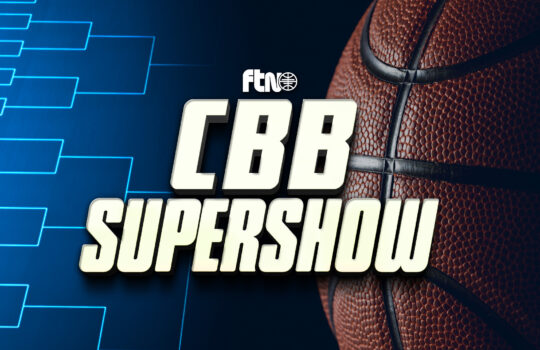





















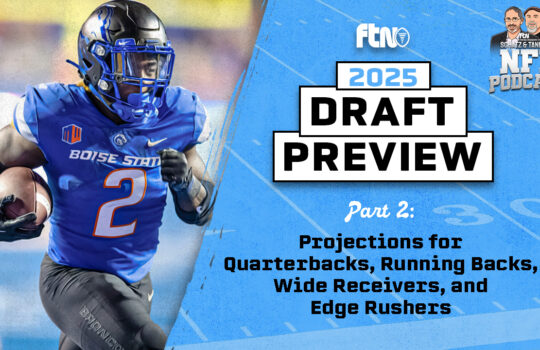

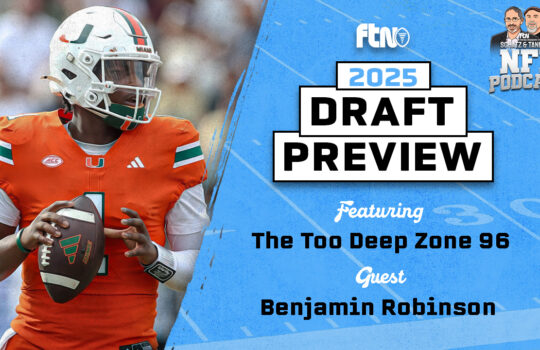
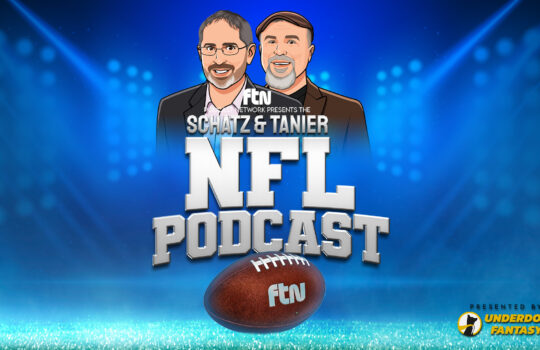







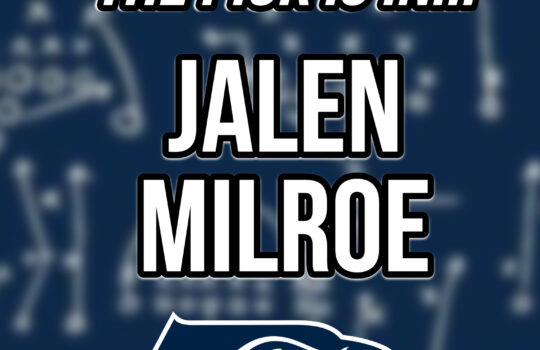




 New York Jets
New York Jets  New England Patriots
New England Patriots 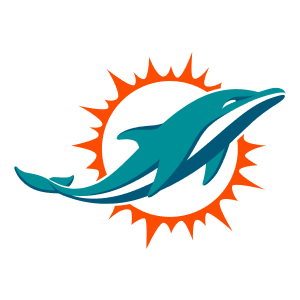 Miami Dolphins
Miami Dolphins  Buffalo Bills
Buffalo Bills  Pittsburgh Steelers
Pittsburgh Steelers  Cleveland Browns
Cleveland Browns  Cincinnati Bengals
Cincinnati Bengals  Baltimore Ravens
Baltimore Ravens 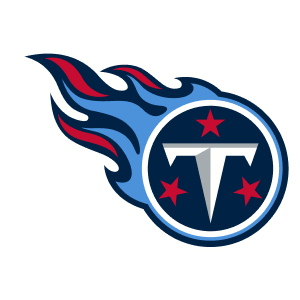 Tennessee Titans
Tennessee Titans  Jacksonville Jaguars
Jacksonville Jaguars  Indianapolis Colts
Indianapolis Colts  Houston Texans
Houston Texans  Las Vegas Raiders
Las Vegas Raiders  Los Angeles Chargers
Los Angeles Chargers  Kansas City Chiefs
Kansas City Chiefs  Denver Broncos
Denver Broncos  Washington Commanders
Washington Commanders  Philadelphia Eagles
Philadelphia Eagles  New York Giants
New York Giants  Dallas Cowboys
Dallas Cowboys  Minnesota Vikings
Minnesota Vikings  Green Bay Packers
Green Bay Packers  Detroit Lions
Detroit Lions  Chicago Bears
Chicago Bears  Tampa Bay Buccaneers
Tampa Bay Buccaneers  New Orleans Saints
New Orleans Saints  Carolina Panthers
Carolina Panthers  Atlanta Falcons
Atlanta Falcons  San Francisco 49ers
San Francisco 49ers  Seattle Seahawks
Seattle Seahawks  Los Angeles Rams
Los Angeles Rams  Arizona Cardinals
Arizona Cardinals 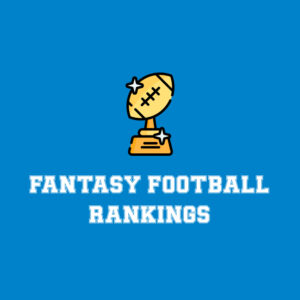

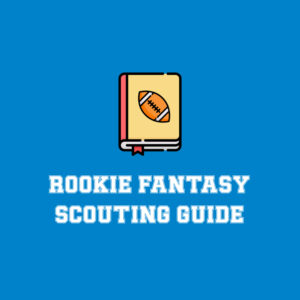
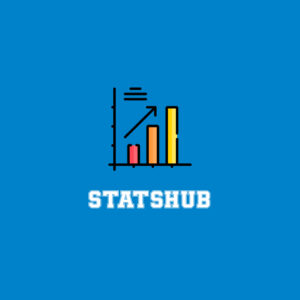


 Boston Celtics
Boston Celtics  Brooklyn Nets
Brooklyn Nets  Philadelphia 76ers
Philadelphia 76ers  New York Knicks
New York Knicks  Toronto Raptors
Toronto Raptors  Chicago Bulls
Chicago Bulls  Detroit Pistons
Detroit Pistons  Milwaukee Bucks
Milwaukee Bucks  Cleveland Cavaliers
Cleveland Cavaliers  Indiana Pacers
Indiana Pacers  Orlando Magic
Orlando Magic 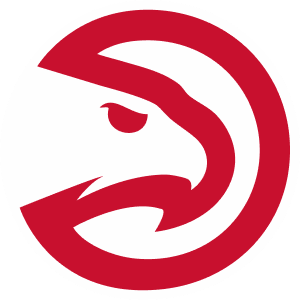 Atlanta Hawks
Atlanta Hawks  Charlotte Hornets
Charlotte Hornets  Miami Heat
Miami Heat  Washington Wizards
Washington Wizards  Denver Nuggets
Denver Nuggets  Minnesota Timberwolves
Minnesota Timberwolves  Oklahoma City Thunder
Oklahoma City Thunder  Portland Trail Blazers
Portland Trail Blazers  Utah Jazz
Utah Jazz  LA Clippers
LA Clippers  Golden State Warriors
Golden State Warriors  Los Angeles Lakers
Los Angeles Lakers  Phoenix Suns
Phoenix Suns  Sacramento Kings
Sacramento Kings  Dallas Mavericks
Dallas Mavericks  Houston Rockets
Houston Rockets  Memphis Grizzlies
Memphis Grizzlies  New Orleans Pelicans
New Orleans Pelicans  San Antonio Spurs
San Antonio Spurs 

